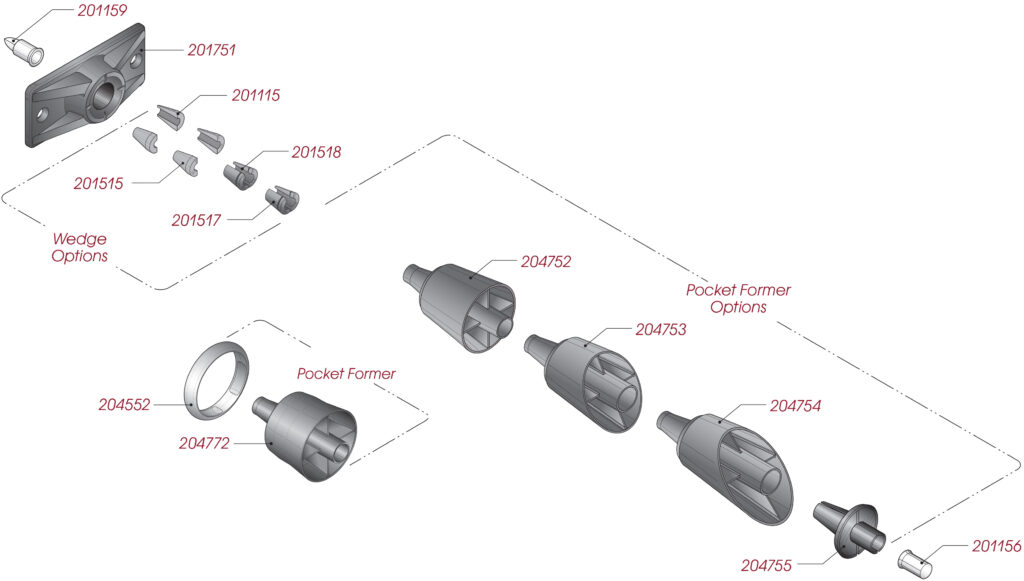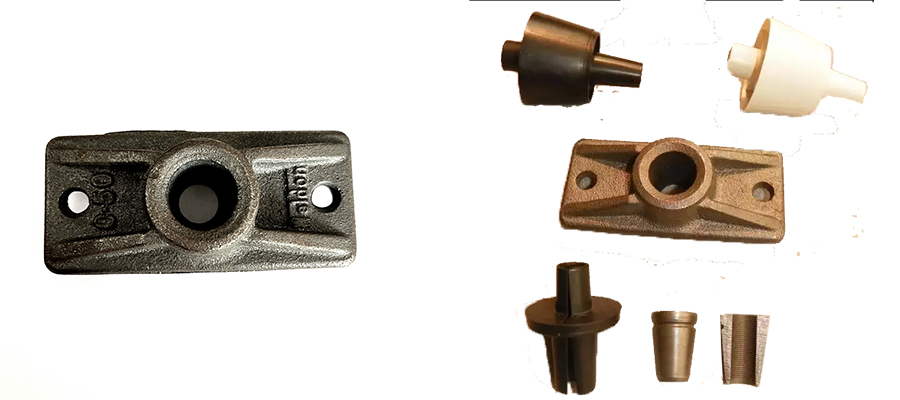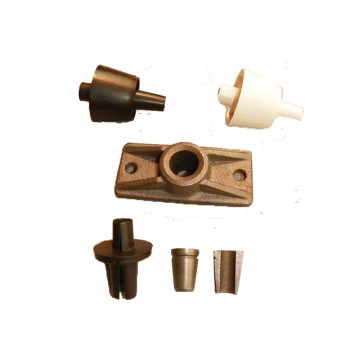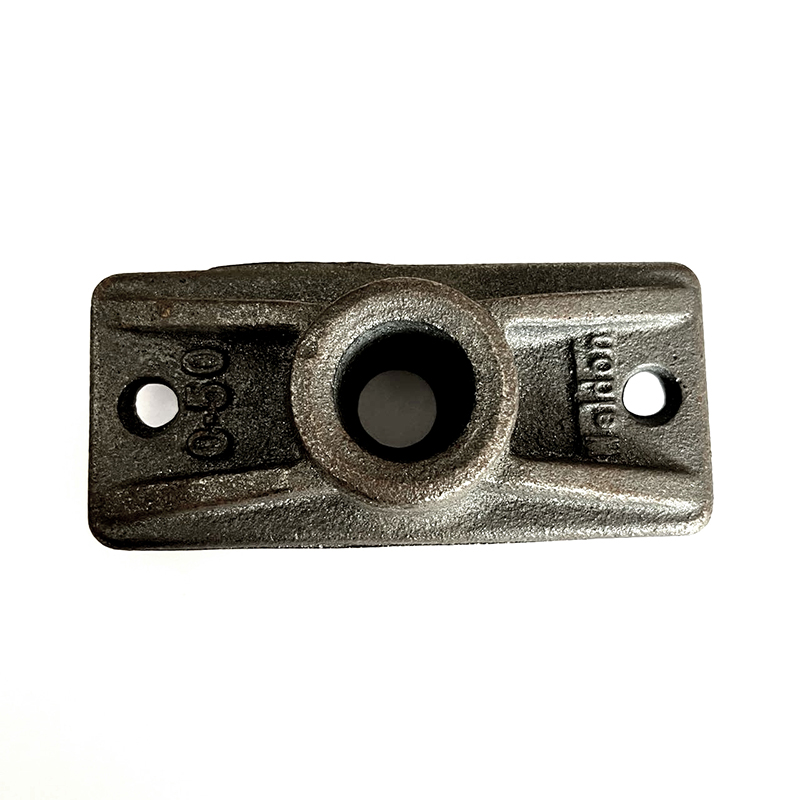A pocketformer apparatus for post-tension construction has an anchor member with an interior passageway, a tubular member extending into the interior passageway, a cup member with an interior opening in which the tubular member extends through the interior opening, and a securement member affixed adjacent the opposite end of the tubular member from the anchor body. The interior passageway has a threaded portion. The tubular member has a first end retained in the threaded portion. The tubular member has the second end extending outwardly of a side of the anchor body opposite the threaded portion. The cup member is interposed between the securement member and the anchor member. A form board is interposed between the cup member and the securement member. The threaded portion is an internal thread formed on an non-tapered portion of the interior passageway.

For many years, the design of concrete structures imitated typical steel design of column, girder and beam. With technological advances in structural concrete, however, its own form began to evolve. Concrete has the advantages of lower cost than steel, of not requiring fireproofing, and of its plasticity, a quality that lends itself to free flowing or boldly massive architectural concepts. On the other hand, structural concrete, though quite capable of carrying almost any compressive (vertical) load, is extremely weak in carrying significant tensile loads. It becomes necessary, therefore, to add steel bars, called reinforcements, to concrete, thus allowing the concrete to carry the compressive forces and the steel to carry the tensile (horizontal) forces.






